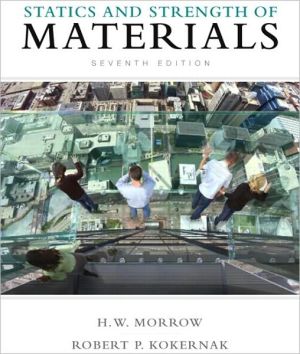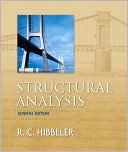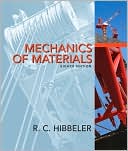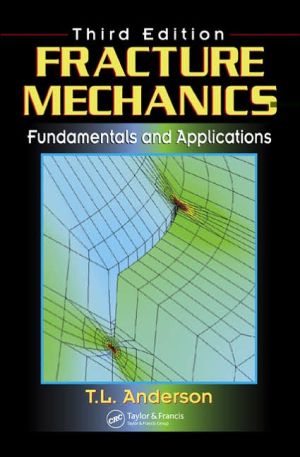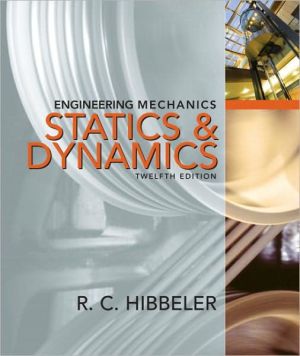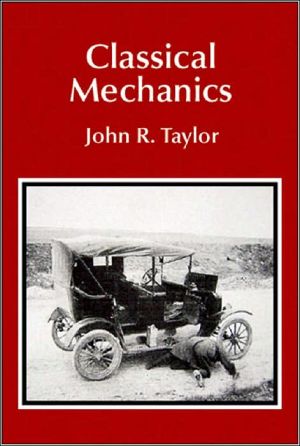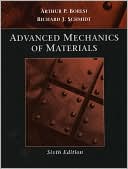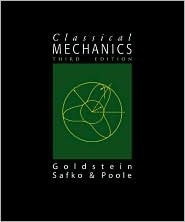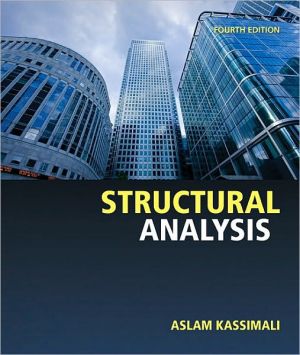Statics and Strength of Materials
STATICS AND STRENGTH OF MATERIALS, 7/e is fully updated text and presents logically organized, clear coverage of all major topics in statics and strength of materials, including the latest developments in materials technology and manufacturing/construction techniques. A basic knowledge of algebra and trigonometry are the only mathematical skills it requires, although several optional sections using calculus are provided for instructors teaching in ABET accredited programs. A new introductory...
Search in google:
STATICS AND STRENGTH OF MATERIALS, 7/e is fully updated text and presents logically organized, clear coverage of all major topics in statics and strength of materials, including the latest developments in materials technology and manufacturing/construction techniques. A basic knowledge of algebra and trigonometry are the only mathematical skills it requires, although several optional sections using calculus are provided for instructors teaching in ABET accredited programs. A new introductory section on catastrophic failures shows students why these topics are so important, and 25 full-page, real-life application sidebars demonstrate the relevance of theory. To simplify understanding and promote student interest, the book is profusely illustrated. Booknews Intended for engineering technology and architecture students, this text introduces the topics of statics and strength of materials at an elementary level. New sections requiring calculus have been added, covering centoids, moments of inertia of plane areas, and deflection of beams by integration. Other topics include linear equations and determinants, the equilibrium of noncurrent forces in space, and strain and stress concentrations around holes, notches and fillets. Also provides information of Saint-Venant's principal and repeated loading and fatigue. Annotation c. by Book News, Inc., Portland, Or.
PREFACE: \ Preface\ The objective of this fourth edition is to cover statics and strength of materials at an elementary level, not requiring calculus. However, for instructors who use the text to teach in accredited programs in the technologies, sections requiring calculus are included. Those sections relate to centroids and moments of inertia of plane areas and deflection of beams by integration. Marked with an asterisk, this material can be omitted without a loss of continuity.\ Statics and Strength of Materials is written for students enrolled in the industrial technology or engineering technology curriculum, and in university-level courses for nonengineering majors, such as architecture. It is also useful for self-study and can serve as a reference for courses in materials, materials testing, machine design, and structural design.\ Several new features appear in this edition, including a list of objectives at the beginning of each chapter to help students identify specific skills they should acquire from the material covered. Appropriate chapter sections include a comprehensive roster of professional organizations (including addresses, telephone numbers, and Web sites) for professors and students who want more information on material properties or recommended practices related to manufacturing and construction. Other sections include procedures for using mathematical technology (graphing calculators, BASIC programs, and software spreadsheets) to facilitate calculations involved in solving simultaneous equations and determining beam deflections.\ Aside from this additional material, the general plan of the book is unchanged. Carehas been taken to present the various topics with clarity in a simple and direct fashion and to avoid information overload. To that end, more than 200 examples illustrate the principles involved.\ Chapters 1 through 9 provide coverage of statics, while strength of materials is covered in Chapters 10 through 18. The chapters on statics begin with a review of basic mathematics. The graphical method, together with trigonometric formulas and the component method, are employed to solve concurrent force problems. A discussion of the resultant and equilibrium of nonconcurrent forces follows, with special emphasis on the theorem of moments. Then the force analysis of structures and machines and concurrent and nonconcurrent force systems in space is presented. The chapters on statics conclude with friction, centers of gravity, centroids, and moment of inertia of areas. The chapters on strength of materials begin with the study of stress and strain in axially loaded members. This is followed by discussions of shear stresses and strains in torsion members, bending and deflection of beams, combined stress using Mohr's circle, columns, and structural connections.\ The text includes more than 900 problems at various levels of difficulty for the student. Both the U.S. customary system of units and the international system of units (SI) are introduced and applied equally in the problems and examples.\ The majority of material in this book was originally written by H. W. Morrow, who prepared two preliminary editions for use at Nassau (NY) Community College from 1976 to 1979. These were followed by three editions published in 1981, 1993, and 1998 by Prentice Hall. This fourth edition represents a joint collaboration between Mr. Morrow and R. P Kokernak of Fitchburg (MA) State College.\ We would like to thank the following individuals for the information and help they provided for various sections of the fourth edition: Doug Burgin of the Southern Forest Products Association; John Duffy at RANOR Corporation; and Dr. James Kokernak of Rensselaer Polytechnic Institute. Special thanks to Steve Helba, Editor-in-Chief of the Technology Division at Prentice Hall, without whose direction this edition would not have been possible, and to Associate Editor Michelle Churma, who guided the project through to completion.\ We would also like to acknowledge the reviewers of this text: Dr. J. G. Huber, Indiana State University, and Martin E. Gordon, Rochester Institute of Technology.\ Users of the text are encouraged to write the authors with suggestions for improvements in future editions. Such material may be sent via e-mail to rkokernak@fsc.edu, or mailed directly to this address: Robert P Kokernak, Department of Industrial Technology, Fitchburg State College, 160 Pearl Street, Fitchburg, MA 01420.\ H. W. Morrow\ Ft. Lauderdale, FL\ \ R. P. Kokernak\ Ashburnham, MA
1 Basic Concepts 12 Resultant of Concurrent Forces in a Plane 293 Equilibrium of Concurrent Forces in a Plane 454 Resultant of Nonconcurrent Forces in a Plane 645 Equilibrium of a Rigid Body 816 Force Analysis of Structures and Machines 1017 Forces in Space 1448 Friction 1639 Center of Gravity, Centroids, and Moments of Inertia of Areas 18010 Internal Reactions: Stress for Axial loads 21311 Strain for Axial Loads: Hooke's Law 24012 Shear Stresses and Strains: Torsion 26713 Shear Forces and Bending Moments in Beams 28414 Bending and Shearing Stresses in Beams 30515 Deflection of Beams Due to Bending 35316 Combined Stresses and Mohr's Circle 40017 Columns 42818 Bolted, Riveted, and Welded Structural Connections 439Appendix 453Answers to Even-Numbered Problems 489Index 497
\ BooknewsIntended for engineering technology and architecture students, this text introduces the topics of statics and strength of materials at an elementary level. New sections requiring calculus have been added, covering centoids, moments of inertia of plane areas, and deflection of beams by integration. Other topics include linear equations and determinants, the equilibrium of noncurrent forces in space, and strain and stress concentrations around holes, notches and fillets. Also provides information of Saint-Venant's principal and repeated loading and fatigue. Annotation c. by Book News, Inc., Portland, Or.\ \
